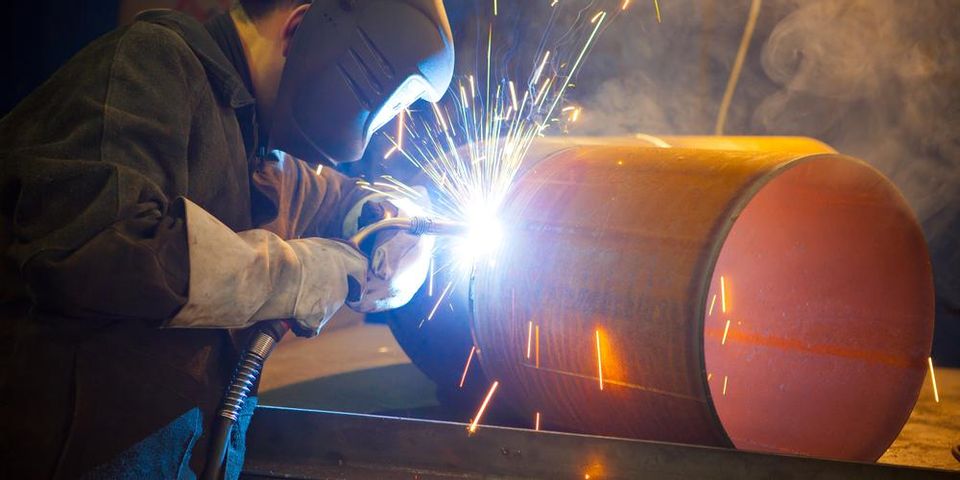La Crosse Welder on the Difference Between MIG & TIG Techniques

Both MIG and TIG welding are similar in that they both use an electrical arc to join two pieces of metal. There are differences between them that determine which is the better for any given project. Here, the welders at C & C Machine in La Crosse, WI, share with you the difference between the techniques and how to decide which is ideal for you.
MIG Welding
 With MIG welding, a welder uses a continuous feeding spool of wire that fuses the two metals together. The wire creates a strong bond between the two metals. There is also minimal grinding and sanding involved. A welder can fuse a wide variety of metals using MIG welding such as stainless steel, aluminum, and mild steel from metal as thin as 26-gauge up to much thicker pieces. Construction projects benefit from this approach because it forms a bond faster and the equipment is portable.
With MIG welding, a welder uses a continuous feeding spool of wire that fuses the two metals together. The wire creates a strong bond between the two metals. There is also minimal grinding and sanding involved. A welder can fuse a wide variety of metals using MIG welding such as stainless steel, aluminum, and mild steel from metal as thin as 26-gauge up to much thicker pieces. Construction projects benefit from this approach because it forms a bond faster and the equipment is portable.
TIG Welding
TIG Welding, on the other hand, uses a non-consumable tungsten electrode to fuse metal together. In the process, the filler wire is applied manually. Also, TIG allows for a greater variety of materials in the process, like aluminum alloys, titanium, copper, brass, and more. It is much more precise and therefore harder to master. It is also slower than MIG. The greatest benefit of TIG is that it offers finer control during the fusing process and thus results in a cleaner and stronger bond.
When deciding between TIG and MIG welding, the choice comes down to the materials being fused, the thickness of the material, and the quality of the bond. If you are looking for a reliable welder in La Crosse, WI, C & C Welding is ready to help. This team of master craftsman has the knowledge and attention to detail you need for a successful project. Call them today at (608) 784-4427 or visit their website for more information.
About the Business
Have a question? Ask the experts!
Send your question

